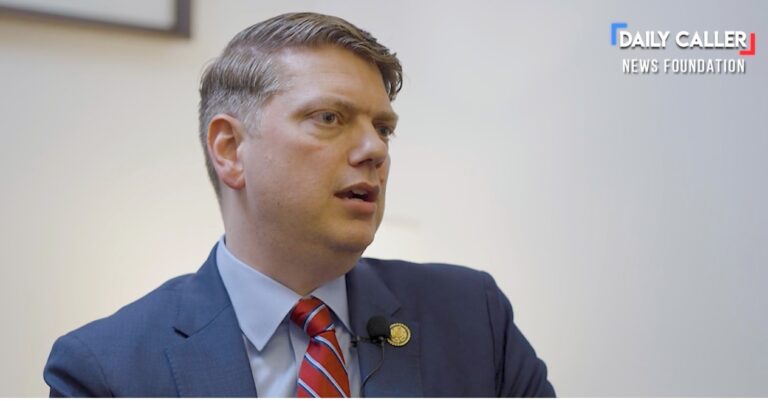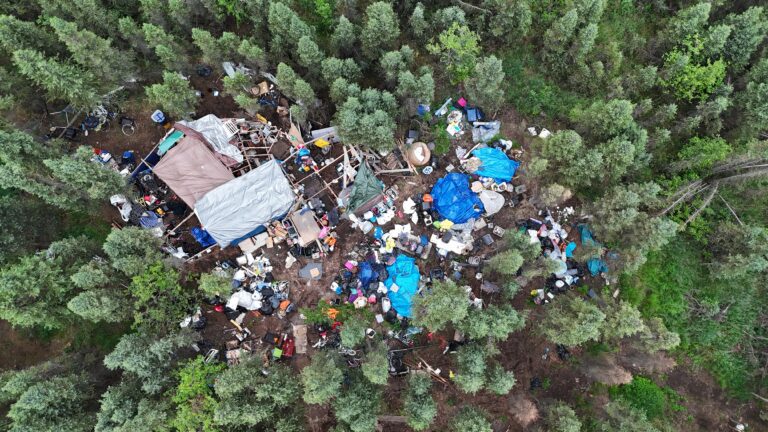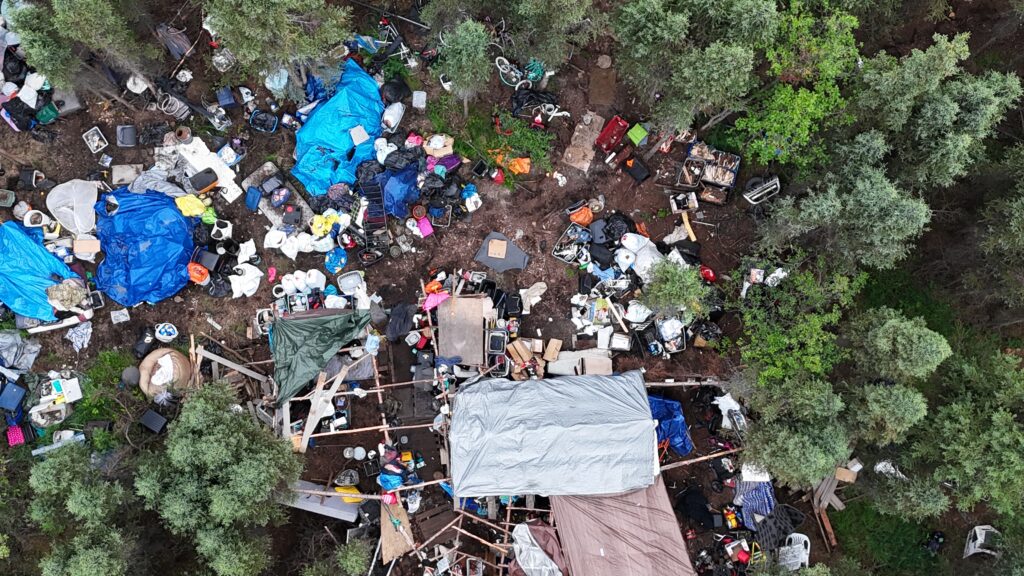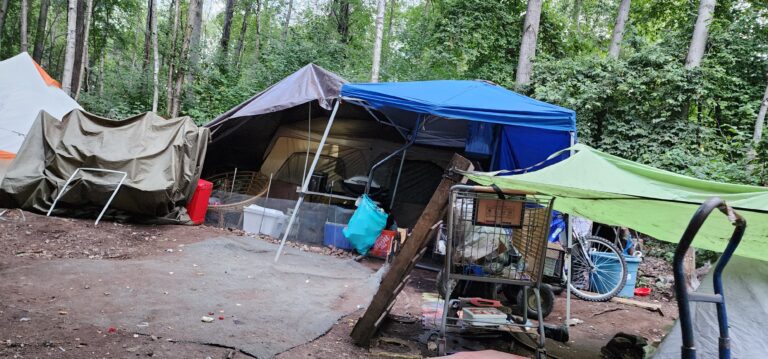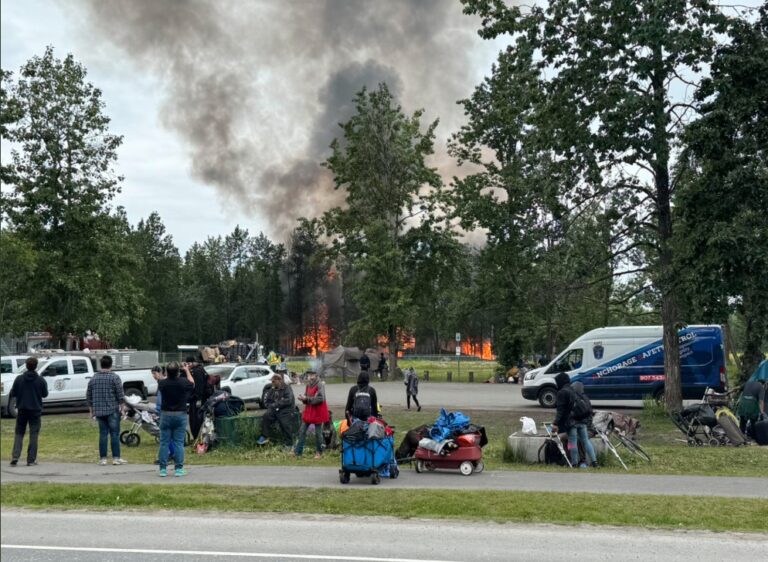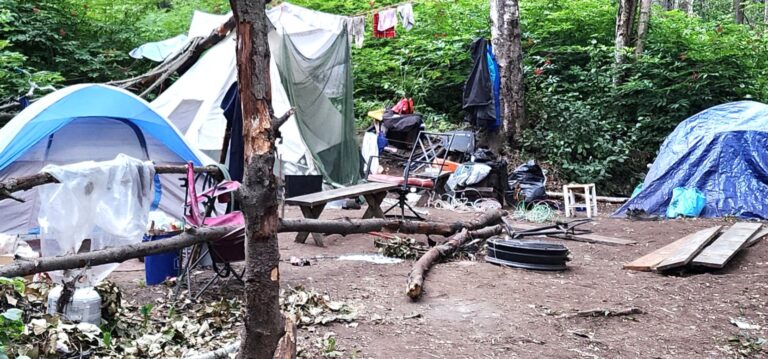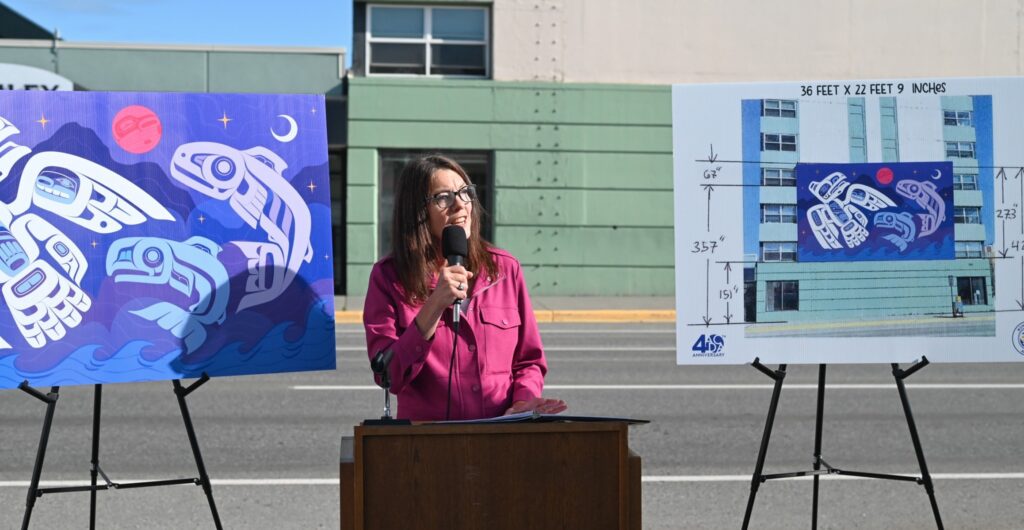The Alaska Supreme Court has upheld the inclusion of federal prisoner Eric Hafner on the 2024 general election ballot for US House of Representatives, affirming a lower court ruling that the state Division of Elections acted lawfully in placing him as a replacement candidate under Alaska’s bizarre ranked-choice voting system.
In a 4-1 decision issued Friday, the court ruled that state law permits the Division to replace multiple candidates who withdraw from the general election ballot, provided the replacements come from the next-highest vote-getters in the primary. The decision clarifies the interpretation of Alaska Statute 15.25.100(c), which was amended as part of Ballot Measure 2 in 2020; that ballot measure creased the ranked-choice voting for general elections and jungle (no-party) primaries.
The Democrats were livid when two of the top four candidates in the August 2024 open primary — Republicans Nancy Dahlstrom and Matthew Salisbury — withdrew their candidacies. That moved AIP candidate John Wayne Howe, who finished fifth, and Eric Hafner, who finished sixth, to the general election ballot alongside then-incumbent Rep. Mary Peltola and Republican Nick Begich.
The Alaska Democratic Party and Democrat Anita Thorne sued to block Hafner’s inclusion, arguing that the law only allows one replacement — the fifth-place finisher. The party also objected to Hafner’s presence on the ballot because he is serving a federal prison sentence out of state and may not be released until 2036.
The Alaska Republican Party intervened in the case in support of the Division’s decision.
The Supreme Court, echoing the findings of Anchorage Superior Court Judge Ian Wheeles, ruled that the statute is ambiguous but must be interpreted in a way that fulfills the intent of Ballot Measure 2, namely, to ensure voters have four choices on the general election ballot whenever possible.
“Both interpretations of the statute are reasonable,” the majority opinion stated, “but the purpose and structure of Ballot Measure 2 favor an interpretation that ensures four candidates appear on the general election ballot.” The court also noted that Alaska precedent leans toward resolving ambiguities in favor of broader ballot access for voters.
Justice Susan Carney dissented, writing that the law’s plain language refers only to the fifth-place finisher as a permissible replacement and does not authorize a sixth-place candidate to be elevated. She criticized the majority for reading additional meaning into what she saw as unambiguous statutory text.
Democrats had also argued that Hafner’s incarceration made him ineligible for office, but the court noted that constitutional requirements regarding inhabitancy apply only upon election and not at the time of candidacy.
Here’s the entire decision and dissent:


